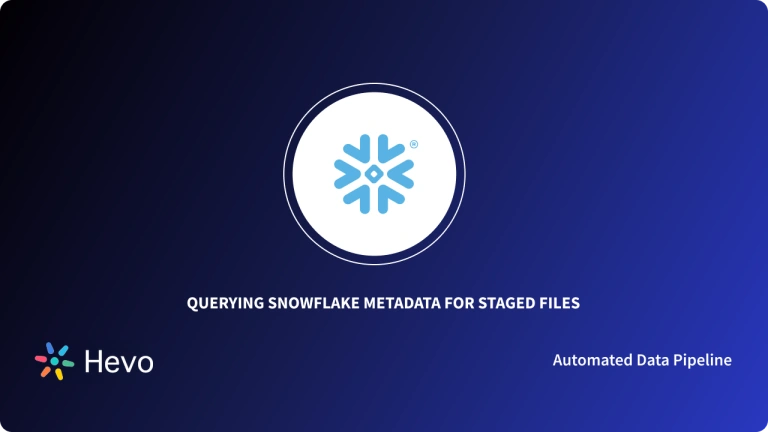Snowflake is a Cloud Data Warehouse solution used for the storage of data. It provides its users with many benefits including Security and Scalability. Due to this, organizations are moving their data from traditional Data Storage to Snowflake. Organizations are also moving their data from big data platforms like Hadoop and Teradata into Snowflake. A single Snowflake account may have up to 10 databases, each containing thousands of Views, Tables, and Columns. Multiple users from different departments within the organization will be running queries and executing jobs to meet different business needs.
This means that proper management of the data and queries run by the users is necessary. We need to know the relationship between different tables and views, the most important columns for a table, the frequently accessed columns of a table, and more. An enterprise-wide Snowflake Data Catalog is the best approach to this. It will make it easy for the organization to manage its data stored in Snowflake. In this article, we will be discussing the Snowflake Data Catalog in detail.
Table of Contents
What is Snowflake Data Catalog?
A Data Catalog refers to an organized record of data assets that uses Metadata to facilitate Data Management in an organization. Such data assets include Structured data stored in tables and Unstructured data stored in Web Pages, Documents, Emails, Videos, Audio, Mobile data, and Reports.
A Snowflake Data Catalog helps organizations to answer the following data questions:
- Which organization is using which type of data?
- How are the views and tables related to each other?
- When was the data updated last?
- What are the most important columns in a table?
Benefits of Snowflake Data Catalog
I have highlighted some of the major benefits offered by Snowflake Data Catalog.
- Powerful Search: You can run searches to find data assets easily using Snowflake’s Data Catalog.
- Cost-Efficient Integration: It skips the traditional ETL process; you can directly have governed access to query-ready data, therefore, reducing associated costs.
- Real-Time Data Access: You can get direct access to live, shared, and governed datasets with real-time updates through Snowflake’s secure data sharing.
- Advanced Data Quality: You can monitor the quality of your data using features that detect missing values, formatting issues, and duplicates.
- Clear Data Lineage: It has the ability to track data from origin through transformations to destination for effective impact and root cause analysis.
A Snowflake-native app to monitor Fivetran costs
Hevo is a no-code data pipeline platform that integrates seamlessly with Snowflake, ensuring that data ingested into Snowflake is well-prepared for cataloging. It enhances the effectiveness of your Snowflake data catalog by delivering clean, organized, and real-time data.
Check out some salient features of Hevo:
- Automated Data Ingestion: It helps stream fresh, accurate data into Snowflake.
- Data Quality Assurance: Hevo ensures only high-quality data is available for cataloging.
- Schema Management: Automatically detects and maps schemas during data flow.
Streamline your data management with Hevo. Join our 2000+ happy customers and check out what they have to say about us.
Get Started with Hevo for FreeTop Snowflake Data Catalogs
Given below are the best Data Catalogs for Snowflake:
1. Dataedo

Dataedo is not just an ordinary data catalog and documentation solution; it provides comprehensive data management capabilities, starting right from the discovery of data to its documentation and lineage. Using this, you can easily understand, document and manage your data assets efficiently.
Key Features
Let us understand the key features of Dataedo.
- Data Documentation: It generates detailed database documentation based on data dictionaries, business glossaries, and entity relationship diagrams.
- Customizable Metadata: It allows you to customize metadata to suit any of your organizational requirements.
- Integration with Snowflake: It can easily connect to Snowflake to catalog and document Snowflake databases.
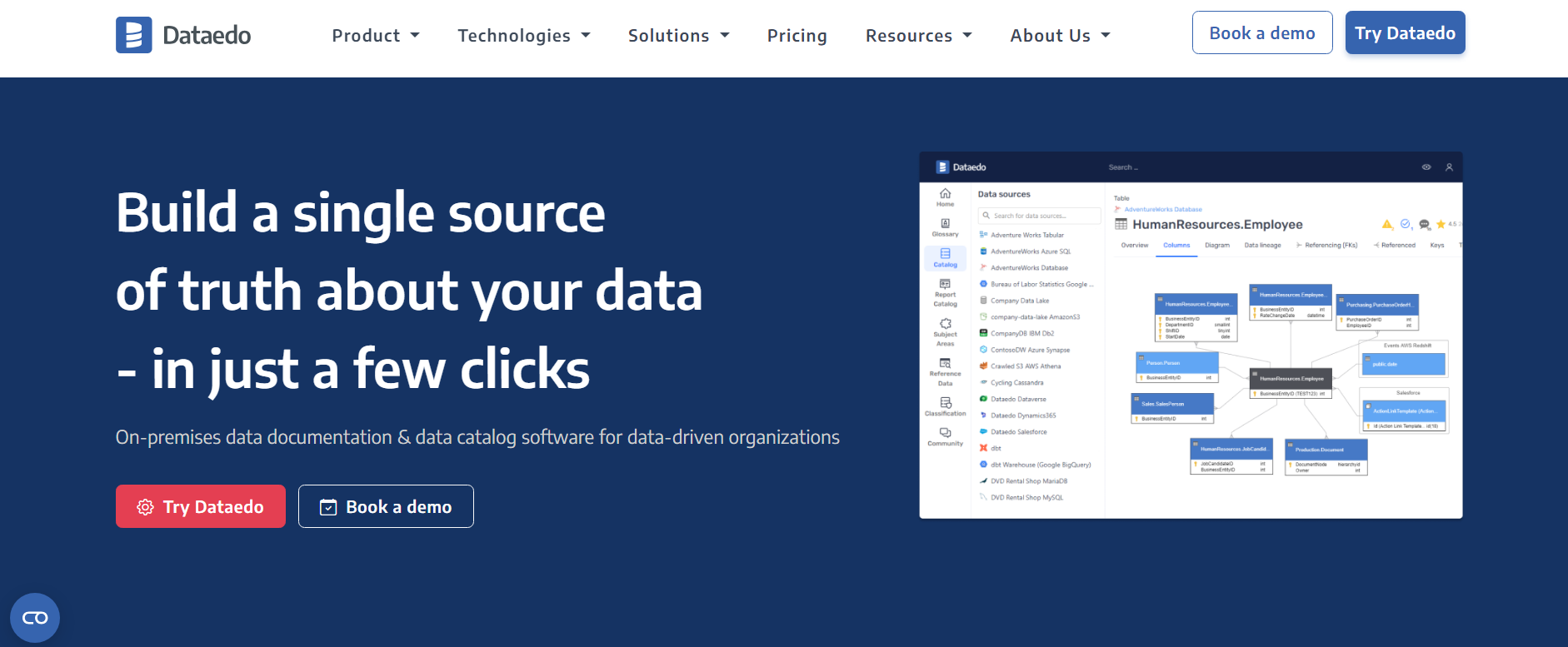
Pricing
It mainly consists of two pricing plans, that are:
- Dataedo
- Dataedo Unlimited
To know more about the features of these plans, you can visit their official pricing page.
Capterra Ratings: 4.7
Pros
- It provides complete documentation and data dictionary facilities.
- It provides a detailed visual lineage approach for understanding data flow and transformations.
Cons
- As Dataedo is more focused on documentation and lineage, it lacks powerful search and discovery capabilities.
- It does not contain inbuilt data governance and sharing features.
2. Alation Data Catalog
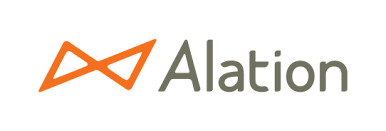
Alation is the data catalog and governance platform that offers you better management of your data assets through advanced search, data lineage, and collaboration capabilities. It improves data discovery, understanding, and usage by providing a comprehensive view of your organization’s data landscape.
Key Features
- Automated Metadata Management: It provides a feature to capture metadata and update it automatically to keep the data catalog current and up-to-date.
- Machine Learning Driven Insights: By making use of machine learning, it generates user behavior and creates insight into the trends and patterns of data usage.
- Customizable Data Governance Framework: It allows you to design and enforce customized data governance policies that are tuned according to your organizational needs.
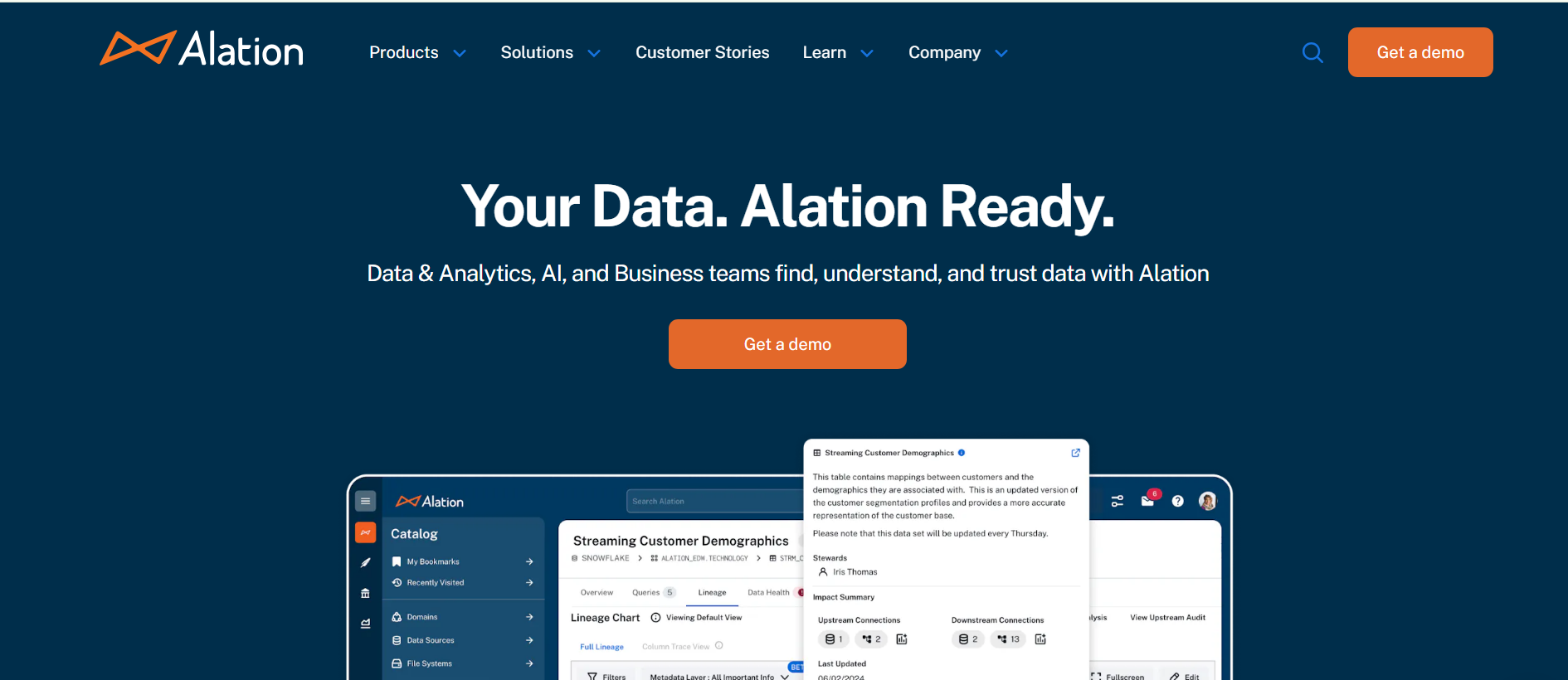
Pricing
Alation offers customized pricing based on the size of the organization, needs, and deployment options. To know more, you can visit their official website.
Capterra Ratings: 5.0
Pros
- It provides strong support for data stewardship roles that can provide proper management and accountability of data within an organization.
- It provides powerful search and discovery facilities that give improved access to data.
Cons
- It requires a considerable amount of resources for implementation and customization.
- Complex configurations and customization are required to integrate with third-party platforms.
3. Lumada Data Catalog

Lumada Data Catalog is an advanced data cataloging solution by Hitachi Vantara for end-to-end data management, governance, and discovery. It provides the powerful tools necessary to understand, organize, and govern data assets spread across heterogeneous environments.
Key Features
- Collaboration Tools: It allows teams to collaborate interactively for annotating, commenting, and data stewardship roles.
- End-to-end Lifecycle Management: It manages the entire life cycle of data from its ingestion to archiving, thus providing a holistic view of data management.
- Data Quality Management: It provides data quality assessment and improvement tools that help you maintain high standards of accuracy and integrity.
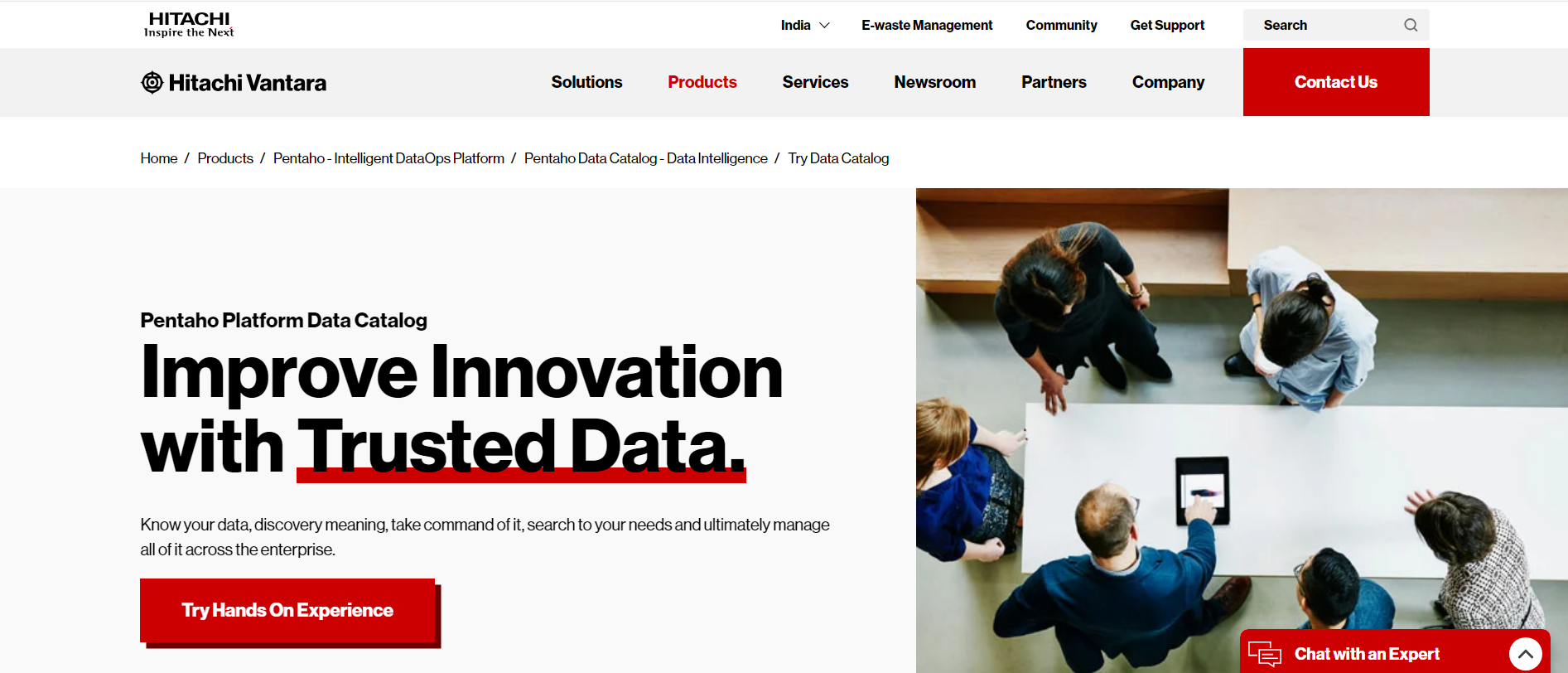
Pricing
Lumada Data Catalog pricing varies based on organizational needs and deployment scale. Visit their official website for a better understanding of their pricing structure.
Capterra Ratings: 4.0
Pros
- It supports a wide variety of data sources and systems, making it highly adaptive to different IT environments and able to provide full-cycle data management.
- It provides built-in tools for improving data quality and monitoring enhancements to ensure that accurate and reliable data is delivered throughout an enterprise.
Cons
- It has higher costs associated with its advanced features.
- It has a smaller user community compared to more broadly adopted tools.
4. Tree Schema
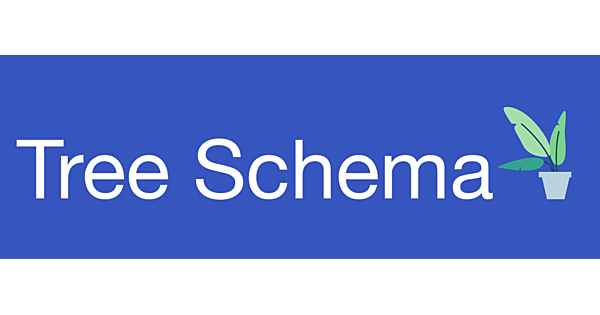
Tree Schema is an enterprise-level data cataloging and governance tool. It provides granular visibility into data assets and their relationships and provides strong lineage visualization, automated metadata extraction, and collaborative features for making the data management process easier in terms of discovery and stewardship.
Key Features
- Role-Based Access Control: It supports complex role-based access control to manage user permissions in order to ensure that your data assets are safe and free from unauthorized access.
- Interactive Dashboard: It provides interactive dashboards for real-time insights related to data usage, lineage, and quality metrics, enabling enhanced oversight of data management.
- Quality Controls: It provides features to monitor the quality of your data, including data profiling and anomaly detection.
Pricing
It facilitates custom pricing according to your needs.
Capterra Ratings: 5.0
Pros
- It automates metadata extraction and its update, hence saving manual effort.
- It ensures end-to-end and dynamic visualization of data lineage, enhancing transparency and understanding of data transformations and flows.
Cons
- It has limited support resources and documentation as compared to more widely adopted tools.
- Performance could be a problem with extremely large or highly complex data environments.
5. Atlan

Atlan is a modern workspace that brings together data cataloging, collaboration, and governance into a single unified platform. It enhances data management by using tools that facilitate data discovery, documentation, and team collaboration that ultimately smoothen data workflows and governance.
Key Features
- Advanced Data Discovery: It provides powerful search and metadata management functions to quickly identify and understand data assets across multiple systems.
- Self-Service Data Management: It allows users to manage their data assets and metadata by using a self-service interface.
- Integrated Data Catalog with ETL/ELT Process: It connects data cataloging with ETL/ELT processes, therefore providing a more cohesive approach to data integration and management.

Pricing
To explore Atlan’s pricing options, you can get in touch with their team.
Capterra Ratings: 4.5
Pros
- It provides an all-in-one workspace that combines data cataloging with collaboration, documentation, and governance.
- It is based on a pay-as-you-go pricing model, so it can be used by teams of all sizes.
Cons
- It can lead to higher configuration overhead because of the extensive possibilities for customization and integration.
- To use the advanced functionality and features, a longer adoption period may be required.
6. Stemma
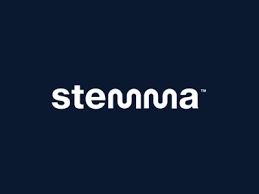
This is a fully-managed Snowflake Data Catalog powered by Amundsen. Stemma bridges the gap between the data producers and consumers, helping them to trust their data. It also provides richer Metadata and enterprise management. With Stemma, organizations can easily find trustworthy data. It automatically documents data usage patterns, giving organization users an up-to-date view of their data usage.
Key Features
- Schema Evolution Tracking: It keeps a record of all changes made in the schemas of data over time, thereby providing schema evolution and helping to manage transformation and updates of data.
- Data Quality Metrics: It provides measures and tools to estimate data quality with respect to completeness, accuracy, and consistency, thus elevating standards of data.
- Real-Time Data Updates: It ensures that metadata and data catalog information are synchronized in real-time to provide up-to-date views into data assets and lineage.
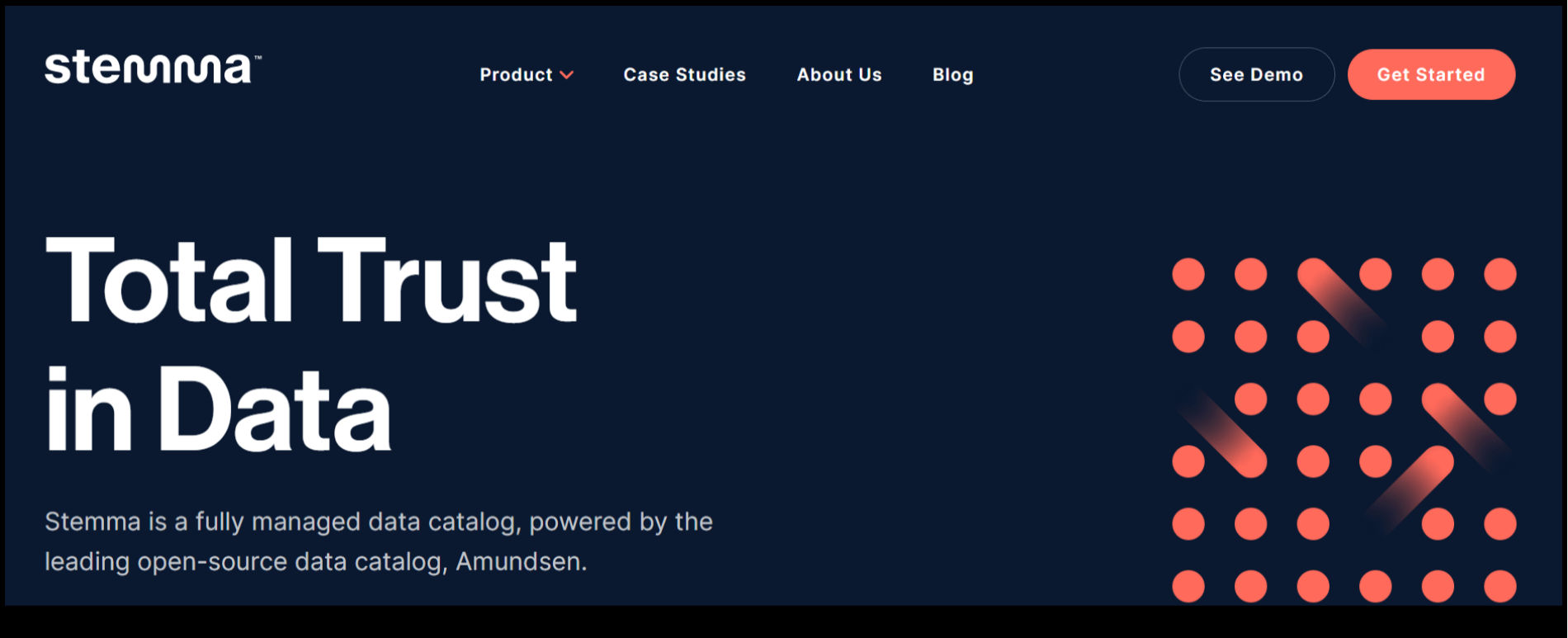
Pricing
You can get a free demo of the product. You can contact their teams to get more information about their pricing.
Pros
- It incorporates data quality check tools for monitoring and improving data quality, leading to more dependable and more accurate data.
- It tags and organizes data automatically by content and usage patterns, making any processes related to discovering and organizing data easier.
Cons
- The integration and setup process of this tool can be complex and may require significant resources and configuration.
- It can require higher costs due to its advanced features and functionalities.
How to Choose the Best Data Catalog?
In this section, you will get an idea of how you can choose the best tool.
- User-Friendly Interface: The tool that you are choosing must have an intuitive, easy-to-navigate interface for both technical and non-technical users.
- Data Discovery Capabilities: It must have robust search and discovery features that will allow you to find data seamlessly across a number of sources.
- Metadata Management: You can examine how the catalog captures, stores, and handles metadata efficiently at all levels of an organization: technical, business, and operational metadata.
- Data Governance Features: You can assess how well the catalog supports data governance practices such as data lineage, data quality management, and compliance tracking.
Conclusion
The Snowflake Data Catalog emerges as a pivotal tool in the realm of modern data management, bridging the gap between data discovery, governance, and utilization. By providing a unified and intuitive platform for metadata management, Snowflake empowers organizations to harness their data’s full potential while ensuring compliance and enhancing collaboration. As businesses continue to navigate the complexities of data ecosystems, leveraging Snowflake’s capabilities will not only streamline operations but also drive more informed and strategic decision-making. Embracing the Snowflake Data Catalog is a step toward a more organized, transparent, and efficient data environment, ultimately leading to a competitive edge in today’s data-driven landscape.
FAQs about Snowflake Data Catalog
1. Does Snowflake provide a data catalog?
Snowflake does not provide a native data catalog; however, it integrates with third-party data catalog tools like Alation and Informatica.
2. Does Snowflake have data lineage?
Snowflake does not have built-in data lineage features, but it supports integration with tools that offer data lineage capabilities.
3. Is Snowflake a database or ETL?
Snowflake is a cloud-based data warehouse platform, not an ETL tool. It focuses on data storage, processing, and analytics.
4. What is the purpose of the data catalog?
A data catalog helps manage and organize metadata, making it easier to discover, understand, and use data across an organization.

